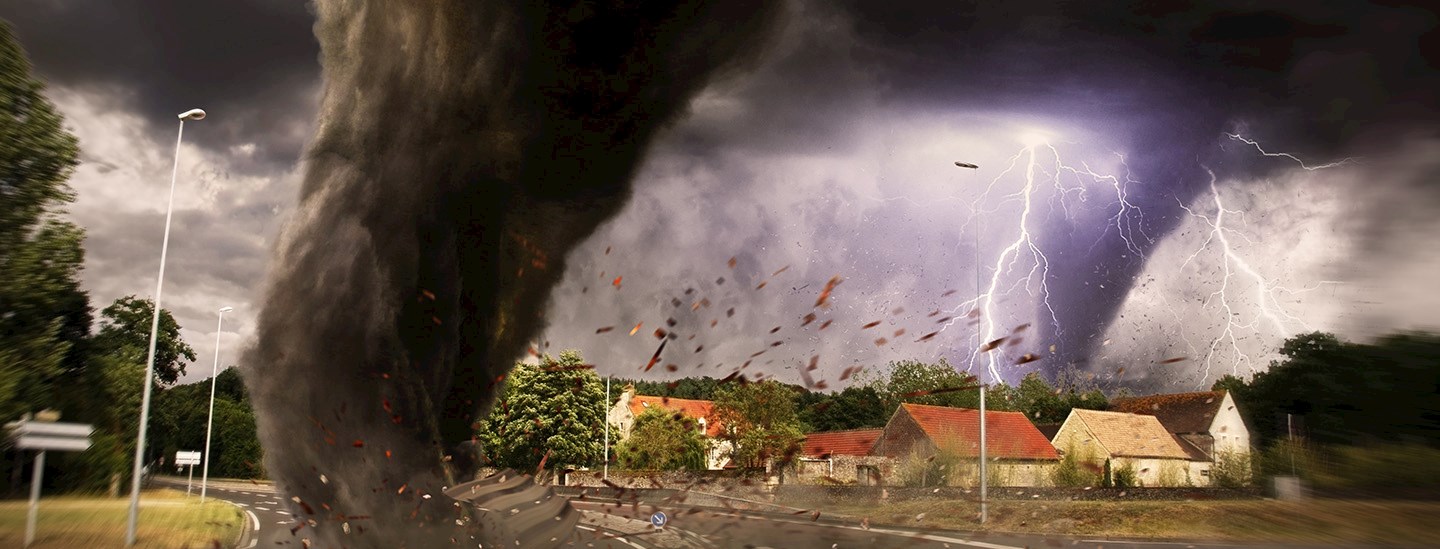While tornadoes can happen any time, they're most common on warm, humid afternoons or evenings. The thunderstorms that produce tornadoes often develop where warm and cold air masses meet.
A tornado's width can range from 10 metres to 2 kilometres. A tornado usually travels in a relatively straight line from the southwest, west or northwest and at the same speed as the thunderstorm that spawned it — typically from 20 to 80 kph. Most tornadoes last fewer than 10 minutes and travel less than 10 kilometres.
Data from Western University's Northern Tornado Project shows that the two areas where tornadoes are mostly likely are from southern Ontario across southern Quebec to New Brunswick, and from southern Alberta across southern Saskatchewan and southern Manitoba to northwestern Ontario. Regions with the most tornadoes are southernmost Saskatchewan and Manitoba, and southwestern Ontario.
If you live in one of these regions, planning, preparation and action are essential for your safety and recovery after a tornado.


